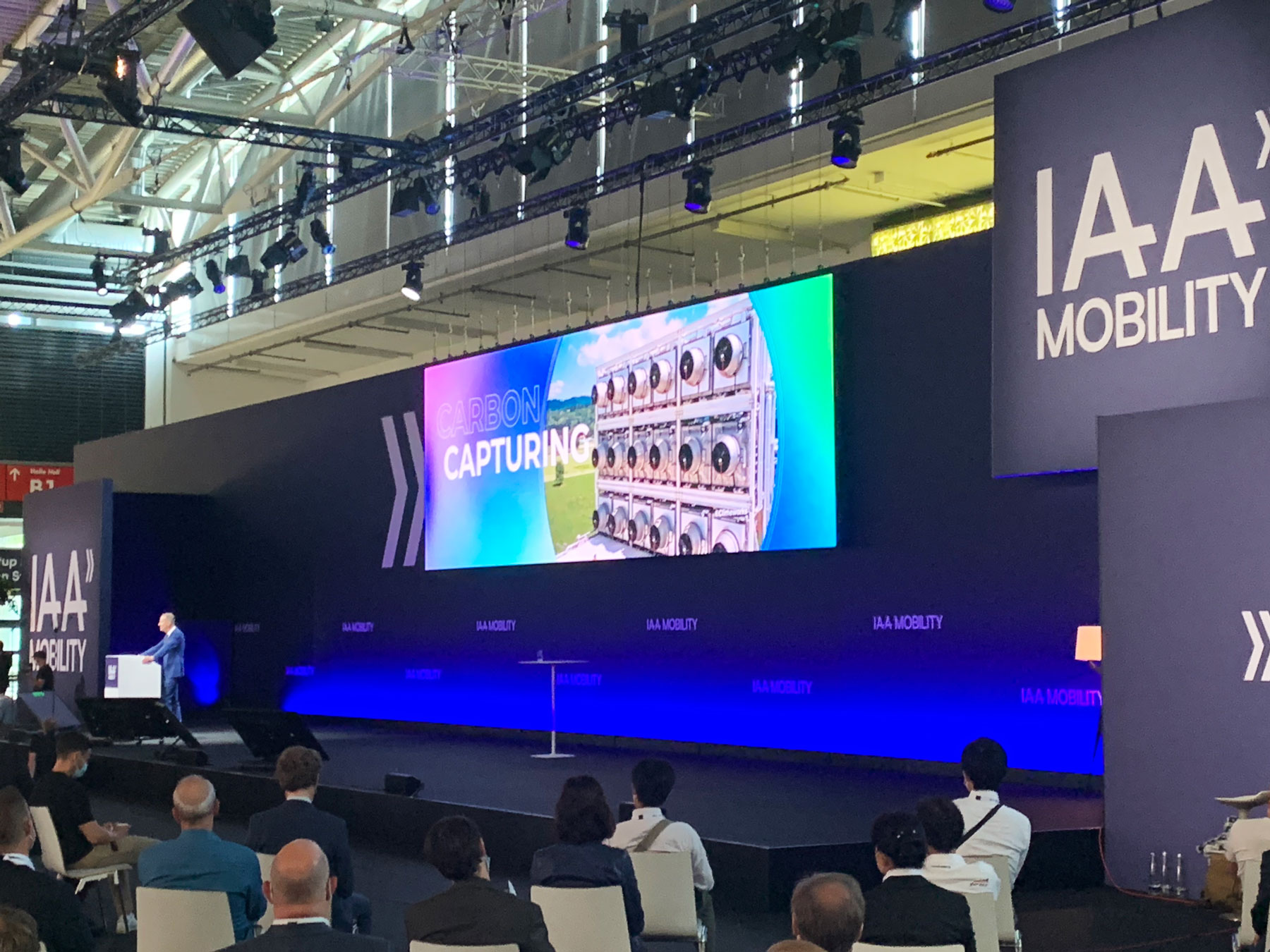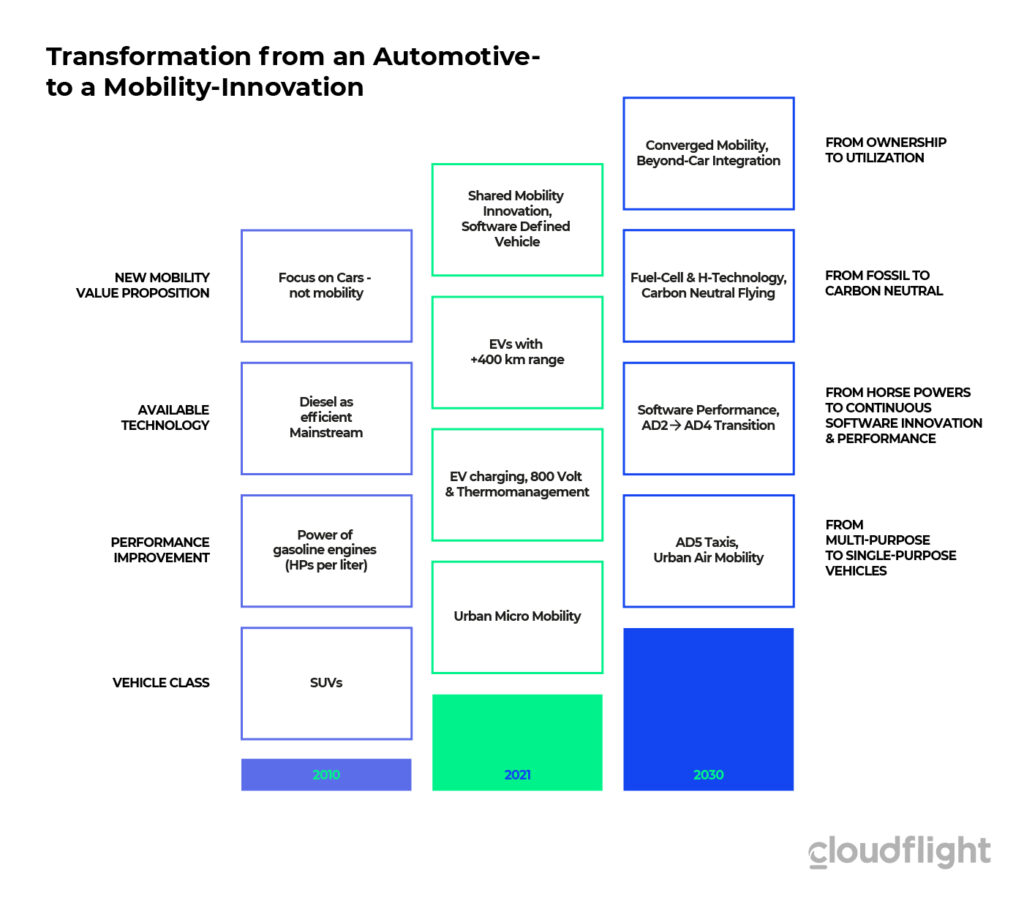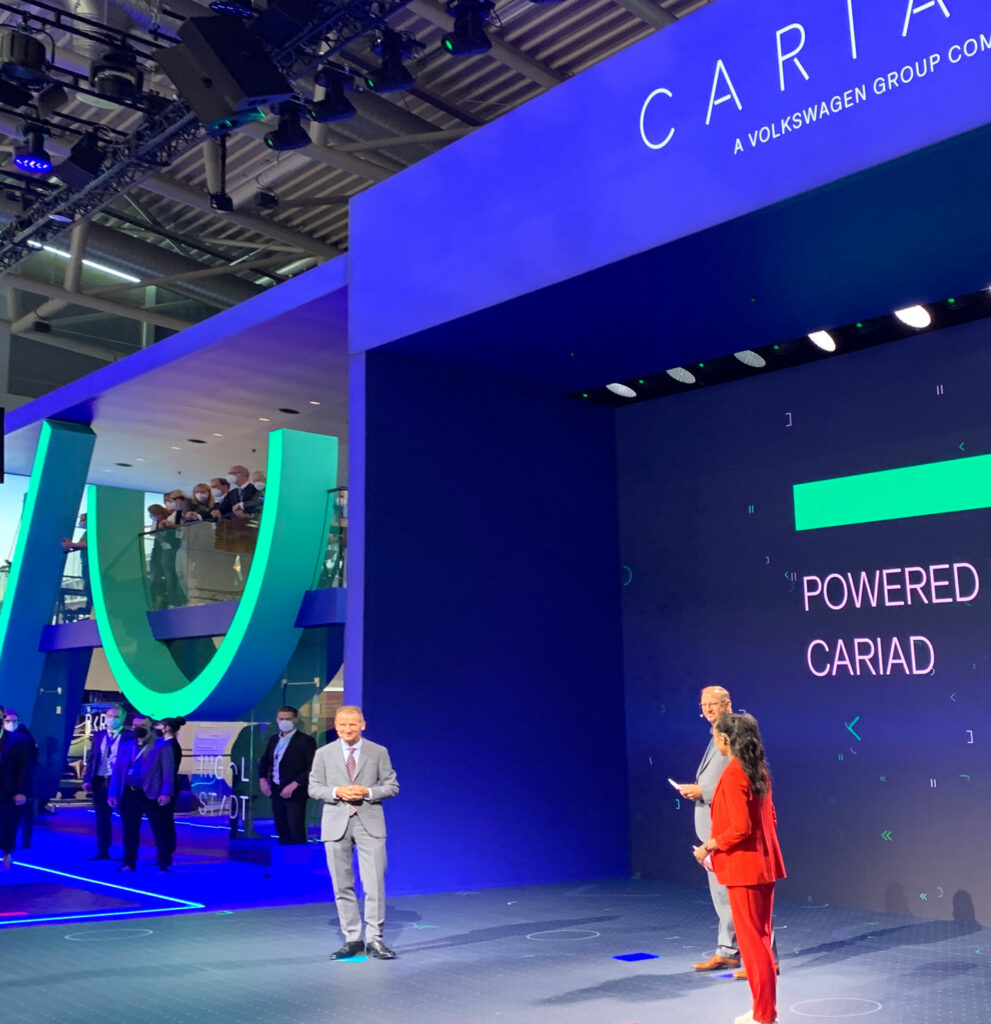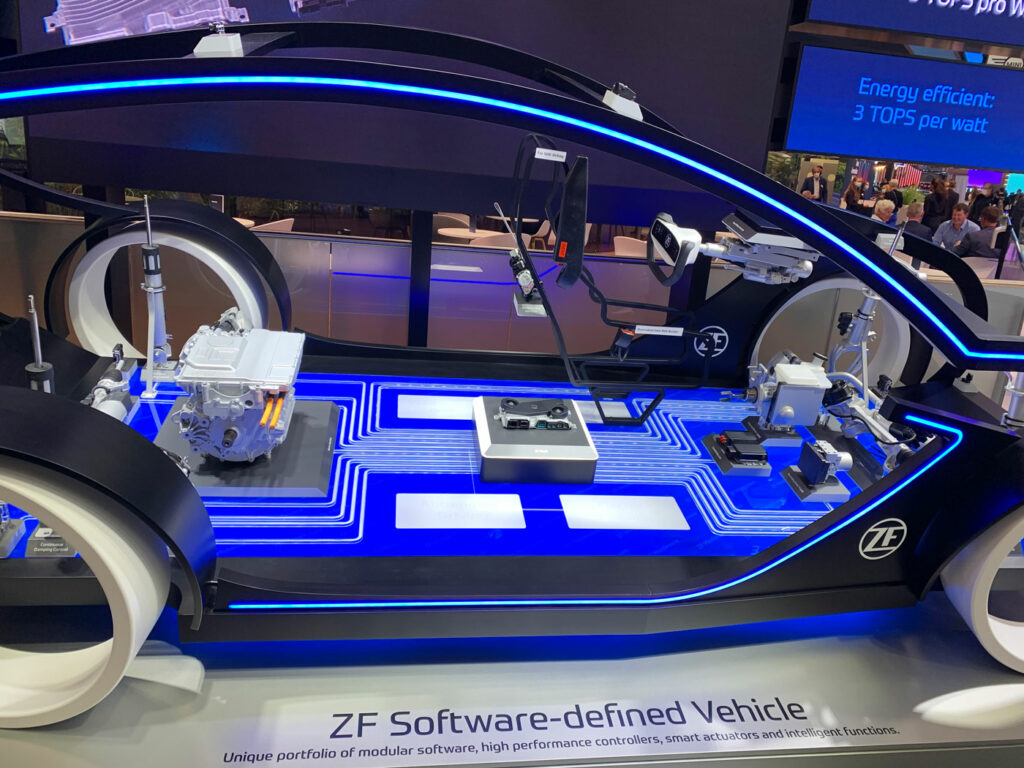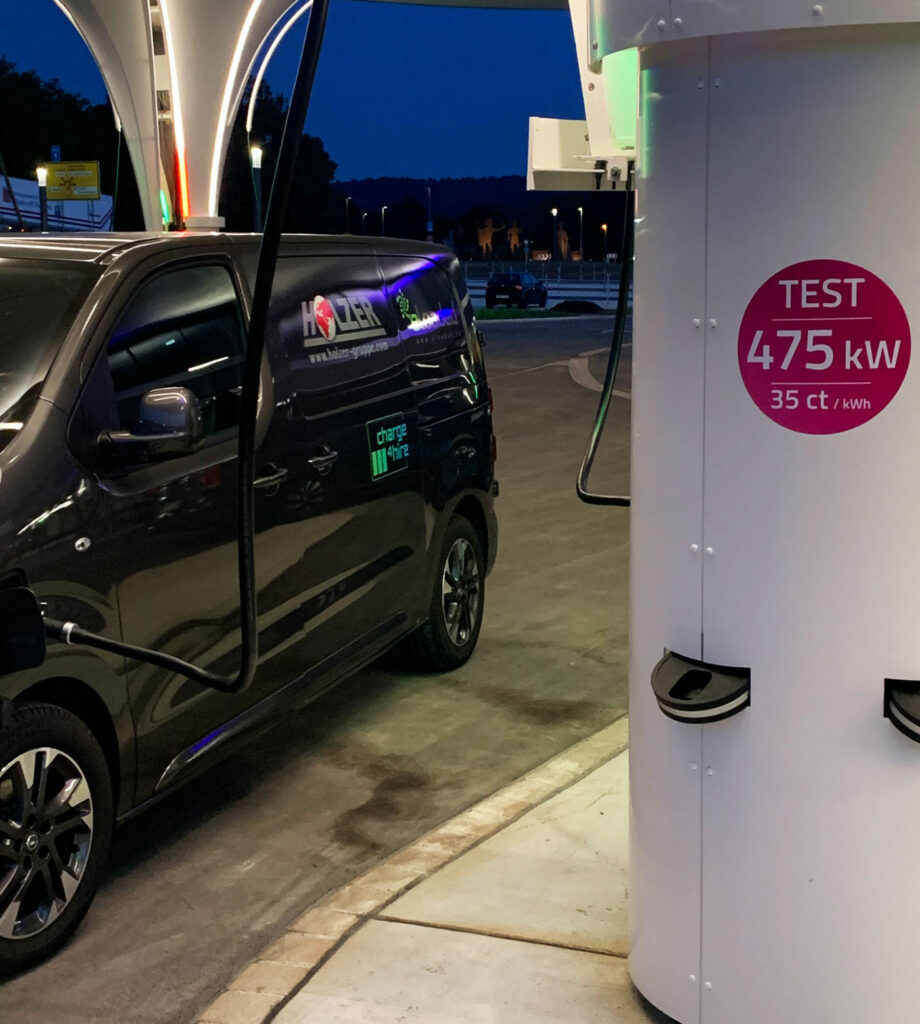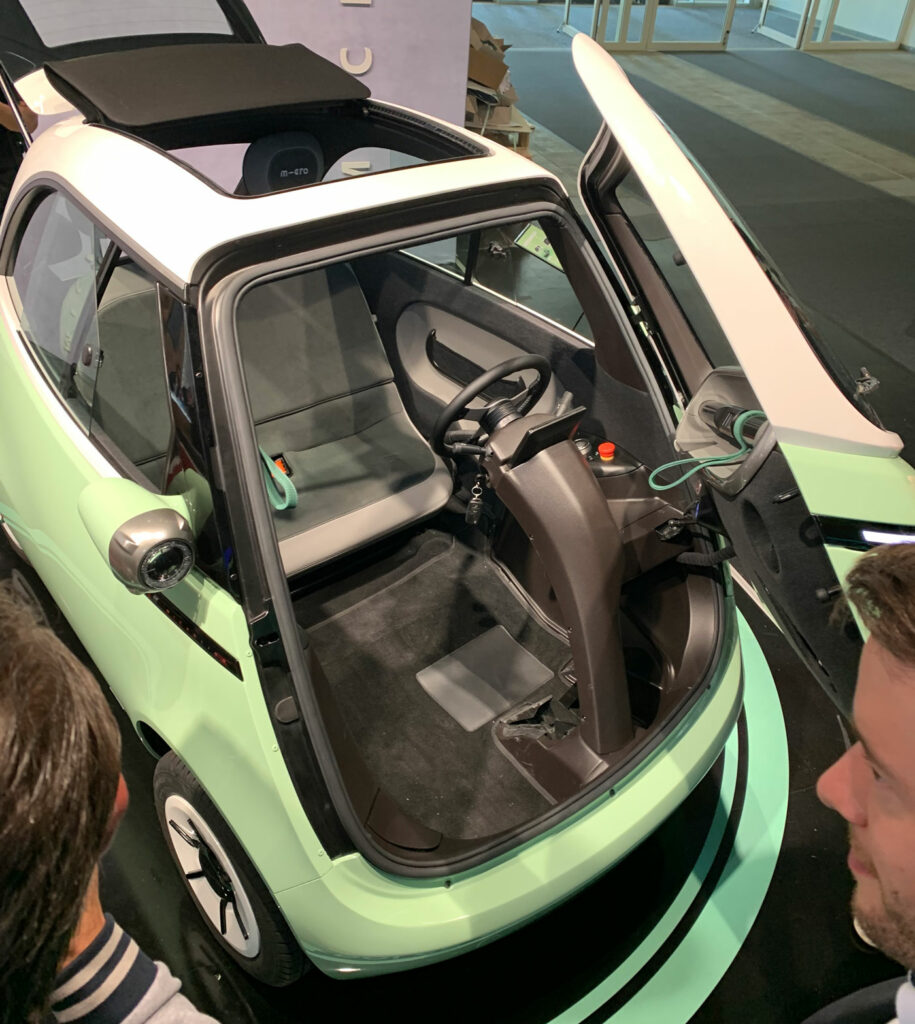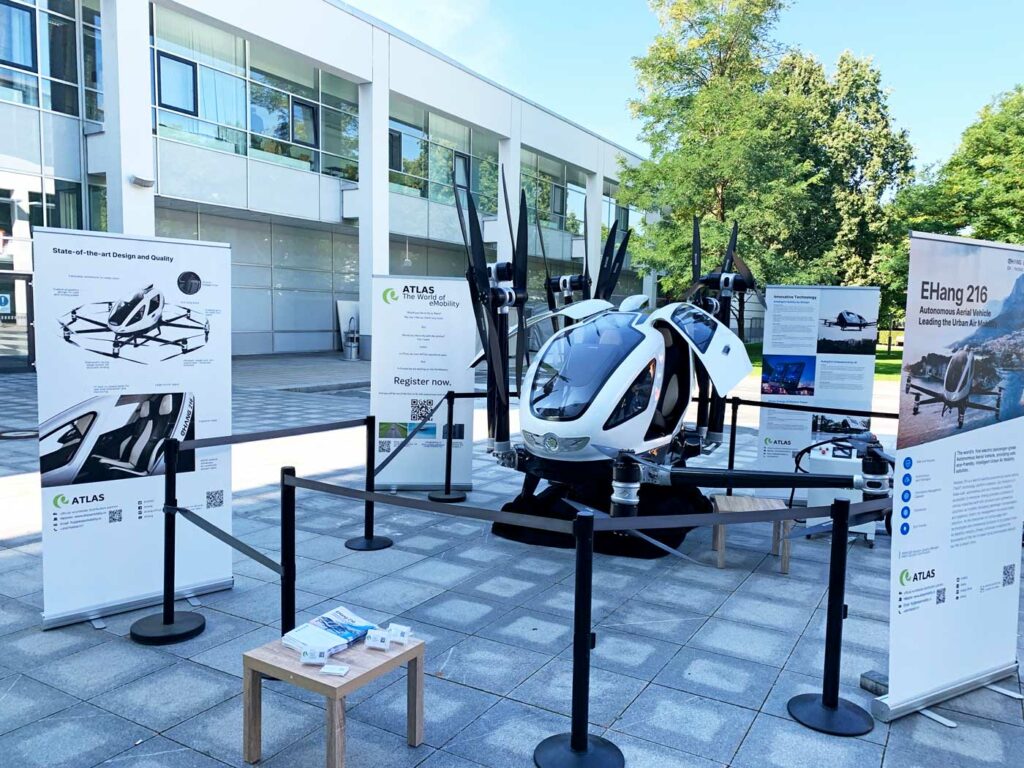The “Internationale Automobil Ausstellung” (IAA) was becoming outdated, and the new concept of the IAA Mobility, which took place in Munich for the first time last week, was both overdue and successful. And to get right to the point, this is not our opinion just because there was also a hall with bicycles or citizen exhibition space in the Munich city center squares. We take this trade fair review as an opportunity to provide a snapshot of the industry and an outlook for the next decade that will witness dramatic transformations.
Thanks to the great disruption of the new manufacturers – most notably Tesla – but also to the unprecedented stream of innovative technologies and business models, the industry’s establishment has awoken. Yet the automotive industry has always thrived on innovation. However, not always with a good outcome:
- In the 1990s, the diesel engine evolved from the niche of commercial vehicles or underpowered company cars into the preferred power unit of many consumers. BOSCH’s combination of pump-nozzle technology and ever-faster control units brought the breakthrough and made German automakers successful worldwide – until the scandal struck. To this day, VW, in particular, has not managed to restore its reputation worldwide: a debacle that is driving the group more aggressively than all established manufacturers into the electric proposition.
- The 2000s marked a period of increasing performance records. More and more power from increasingly smaller cylinder capacities seemed to have been the engineers’ goal for the consumer segment. For the luxury segment, this led to ever-larger models with over 400 hp from the brands Mercedes Benz AMG, BMW M, and Audi Quattro. For a long time, the desire of many customers for economical internal combustion engines was seemingly systematically ignored.
- SUVs were sales drivers for manufacturers, but they also divided society. In the 2010s, the SUV class achieved the highest growth of all vehicles from European manufacturers, and they still are a key revenue generator today. On the other hand, large cars with high traditional engine power encountered increasing resistance among environmentally conscious citizens. The public outcry around the IAA 2019 was a culmination of this outrage.
These waves of innovation in the automotive industry have always driven vehicle sales, just as we know from the computer and semiconductor industry, for example, from Intel. Every few years, cars seemed to be significantly better, more powerful, and more attractive than before. In contrast to Moore’s Law of computer hardware, it just, unfortunately, didn’t get cheaper at the same time – even though many customers would have liked that instead. Quite the opposite. The basic versions of the VW Golf, for example, became 8.8% more expensive on average from series to series from Golf I in 1974 to Golf VIII in 2019. The total price has almost doubled after 40 years. If computers had evolved like this, technology companies would still have to fight for expensive mainframe computing time today, instead of getting around 65,000 times more performance for the same price after 40 years.
Of course, car experts will say that a car can’t change as radically as a computer did back then compared to a cloud-native architecture today. A car that is 10,000 times smaller, or 65,000 times faster, just doesn’t make sense, right? This bizarre comparison, however, pinpoints the industry’s problem: the car itself can’t change that radically. Even an eco-friendly powertrain is not nearly as radical and disruptive as every decade of innovation in the computer industry. But the mobility concepts themselves can change so dramatically! That is why the IAA Mobility is exactly the right title for a trade show of this “new” industry.
Transformation from automotive innovation to mobility innovation
As technology observers at Cloudflight, we leave the coverage of the many individual announcements and concepts to journalists and the press. We focus on analyzing the trends and predicting how the industry could develop in the future. Accordingly, we were able to observe four dimensions at IAA Mobility 2021 compared to the last ten years and looking ahead to the next decade:
- New mobility value proposition: This is how manufacturers and suppliers are trying to differentiate themselves and achieve profitability.
- Available technologies: This does not mean concepts, startups and research, but technologies that are available as mainstream in mass production.
- Performance improvement: although technologies have also been available in the mass market for years, innovation can continue through optimization until a particular technology is eventually maximized.
- Vehicle classes: This actually refers to all means of transportation. In addition to the passenger car and the public classics bus/train/airplane, new vehicles are constantly emerging here.
Manufacturers transform their value proposition from vehicles to mobility with “Utilization”.
Before IAA Mobility 2021, it was always about vehicles and not really about a mobility promise. This year, however, such a commitment was heard for the first time from the first managers of leading vehicle manufacturers. First and foremost, the commitment came from VW CEO Herbert Diess with the claim that the goal is for people to use the vehicles more frequently, by more users at once, or in shared models.
So, it’s no longer a question of bringing even more vehicles onto already congested roads, but rather of offering for the first time shared mobility approaches directly from the manufacturer. At Cloudflight, of course, this reminds us of the abrupt change of value proposition cloud providers caused in the IT: whereas hardware manufacturers or IT service companies were more successful in traditional computing in proportion to the number of servers a customer bought, this has been completely reversed with the cloud providers and their shared architectures. Today, the less physical hardware a cloud provider needs to serve its customers, the more successful it is. Even if this is only the beginning of a new mobility industry, the cards among manufacturers could be completely reshuffled.
In fact, over the last three years, many automakers have become very close with the big cloud provider and have tried to learn innovation and disruption from them. We have already described it in our Automotive Review 2019 under the title “Software is eating up the world: Now it’s the automakers’ turn?“. Echoing Marc Andreessen’s well-known article “Why Software Is Eating The World,” we predicted an ever-growing influence of software in the mainstream automotive business. Today, this is no longer the privilege of Tesla, and has become very dominant in the strategy of the Volkswagen Group, that has specifically created a fully owned software subsidiary under the name CARIAD.
- Delivery capabilities become critical for the entire Group. Not only does the VW Group want to do many things for its modular e-drive system itself, but several technological developments are taking place at the same time. The vehicle electrical system is changing from 12 to 48 volts and the first electric drives with 400 volts are being replaced by 800 volts. If CARIAD cannot deliver here, entire vehicle generations such as the Taycan 2 or Artemis will hit the market too late.
- Relationships with suppliers are on a critical path. Suppliers have full order books from other vehicle OEMs and are even starting to pick their projects. If VW fails to deliver in the end, long-time suppliers may not be able to step in because they have simply booked their capacity with less competitive customers.
- The software ecosystem around the car is not yet moderated. The next wave of innovation will be driven by the merging of different transportation concepts that we call Converged Mobility. So, a vehicle also needs to communicate with other users, other vehicles, or charging stations. Furthermore, the driver identity (from VW Cloud) must interact with other means of transportation to deliver a seamless user experience. Here, CARIAD is not yet open and could not offer a partner program or APIs at the IAA Mobility. Brands in the Chinese-international automotive groups like Lync&Co, or startups like Sono Motors, may therefore deliver a Converged Mobility Experience much sooner.
- Beyond car integration is preparing the value proposition for 2030. It is what we call the trend that integrates the car as part of a B2B or consumer IoT landscape. This is where outgoing Bosch CEO Volkmar Denner again saw an opportunity when he presented his positioning at the IAA. Bosch, on the one hand, supplies significant parts of the current Daimler platform and, on the other side, is also a manufacturer of Smarthome solutions. Therefore, it was not surprising that actually the voice control of a series vehicle from Daimler with its MBUX assistance system can control a private (Bosch) Smarthome. Of course, in the long run, this Beyond-Car Integration can hardly compensate for the collapsing sales due to the OEMs’ new and own value creation.
The technology shift from fossil fuels to CO2-neutral engines is unstoppable
The first already shows the technologies of the last, the current and the coming decade. The peak of high-performance diesel engines in passenger cars was just ten years ago. Today, at the IAA Mobility 2021, virtually all established passenger car manufacturers have made massive commitments to their all-electric cars. Ten years after Tesla launched the Model S, the first all-electric passenger car suitable for everyday use with a range of more than 400 km, Audi CEO and Volkswagen Board Member for Development Markus Duesmann makes the historic statement “I see no future for combustion engines.” He has even decided that Audi will only launch electric models in the global market from 2026 onwards.
While the technology shift is being made in the mainstream, innovative technology providers and startup companies are already one step ahead. Hydrogen technology with fuel cells or synthetic fuels from solar power are in the starting blocks. However, it will take another ten years before these are ready for mass production. Especially for flying, the energy density of today’s batteries is far too low. While there are almost no more restrictions due to charging times in cars, the situation is somewhat different in trucks. Flying on electricity is even further away economically, since charging times are three to five times longer than flight times. Only hydrogen or synthetic fuels will give us the necessary climate-neutral energy density in about ten years.
Increases in vehicle performance are no longer defined by horsepower, but by compute power
Anyone who has ever driven a modern electric car quickly realizes that the short-term peak power of 200 to 400 hp is no longer a technical challenge. What differentiates fully electric vehicles today is most of all the charging speed and the range that comes from battery capacity and consumption. Here we are in the middle of the new innovation spiral in automotive performance! Higher charging speeds with higher charging voltage (from 400 to 800 volts) will determine the performance innovation of the next ten years.
From being able to do everything to new vehicle classes for specific purposes
The fourth and final stream of innovation in the automotive industry’s transformation to a mobility industry describes how the understanding of vehicle classes will be completely reversed. Whereas previously owning an expensive vehicle demanded that it be sufficient for all mobility needs, many consumers in the 2030s will no longer own a car – or one that they will no longer use for all transportation tasks, but share with friends and neighbors. The last, and so far admittedly very successful, traditional vehicle class is the SUV. Tall and heavy to provide great safety, big enough for family vacations, but actually far too wasteful in fuel consumption and completely impractical in city traffic with tight parking lots, the SUV marks the turnaround in vehicle trends. At the IAA there were not only many concepts on display, but also market-ready products that completely abandon the concept of a single car for all purposes. The Microlino, which is about to be launched on the market, serves as an example:
In the 2030s, these new vehicle classes will ultimately be joined by fully autonomous (AD5) cabs and flexible vehicle concepts. The U-Shift concept from DLR, in which the drive vehicle can decouple autonomously from the body, deserves special attention. Small public buses or cargo containers are just as conceivable as individual vehicle cabs. While the container is being loaded and unloaded, for example, the U-Shift drive unit disappears for loading or attaches itself directly to a loaded one. Again, the actual innovation backlog is cleared by getting rid of owning the railcar and just buying the body as a logistics provider. All these concepts are already starting to become reality.
Urban Air Mobility and Robo-Taxis Drive 2030s Innovation to Cloud Mobility
The final vehicle class is fully autonomous. “Autonomous Driving Level 5” ultimately means that there is no longer a driver or steering wheel. Of course, vehicles that allow you to steer yourself, if you wish (AD4), will not disappear. But especially for those vehicles that you don’t own yourself, like cabs, or that an average passenger can’t operate without a pilot’s license, like air cabs, fully autonomous steering will become a necessity.
Perhaps the term cloud mobility will even establish itself in analogy to cloud computing, which differs from classic computing in the same way with a shared subscriptions business model and maximum utilization of the hardware.
The IAA Mobility is over for this year, but its impact will not only outlast it: it will shape the automotive and mobility narrative for years to come.
